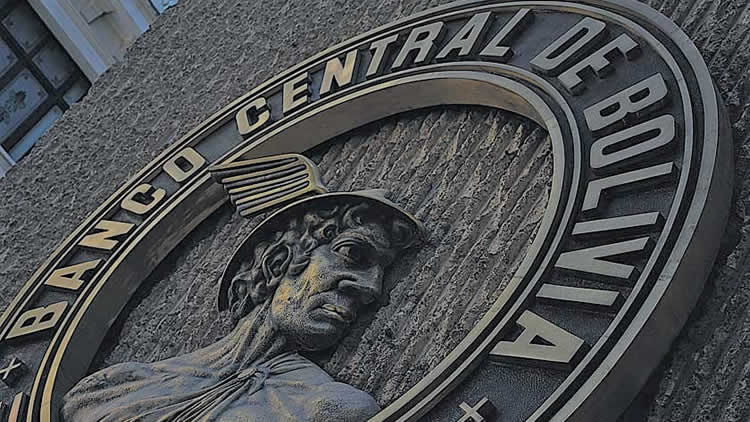Bolivia’s Economy Minister Marcelo Montenegro reports low inflation. The nation didn’t follow IMF or World Bank advice.
In August, consumer prices rose by 0.39% from July. The year-to-date rate is 1.55%, says the National Institute of Statistics INE.
Montenegro credits state-led efforts for this. To keep food affordable, the country fights smuggling.
Bolivia projects a 4.8% GDP growth this year. It also expects a 3.2% inflation rate. Stable prices, public investment, and reduced deficits make this possible.
The country is also focusing on industrial growth.

Background
Bolivia’s low inflation contrasts sharply with other South American countries. For years, many nations have battled economic instability.
These countries often rely on IMF and World Bank plans. Bolivia took a different path, focusing on state involvement.
As the first half of 2023 concludes, several Latin American countries demonstrate notable improvement in managing inflation, with some exceptions.
The region’s economic powerhouses, Brazil and Mexico, appear among the ten nations showing the lowest year-on-year inflation.
Costa Rica and Panama display negative inflation rates, at -1.04% and -0.6% respectively.
Other countries maintaining low inflation include
- Ecuador (1.69%),
- Brazil (3.16%),
- El Salvador (3.78%),
- the Dominican Republic (4%),
- Paraguay (4.2%),
- Guatemala (4.93%), and
- Mexico (5.06%).
Although Brazil and Mexico have managed to control inflation, these countries, like others in the region, continue to strive toward the central banks’ target price indexes.
Despite progress, Argentina and Venezuela stand out as exceptions, with inflation rates exceeding 100%.
Various countries also experienced negative monthly inflation in June; the six-month inflation accumulation figures varied widely.
Venezuela leads with 108.4%, followed by Argentina at 50.7%, while Costa Rica shows negative accumulation at -1.52%.
While significant strides have been made in controlling inflation, Latin America’s economic landscape remains complex, with each nation charting its unique course.

